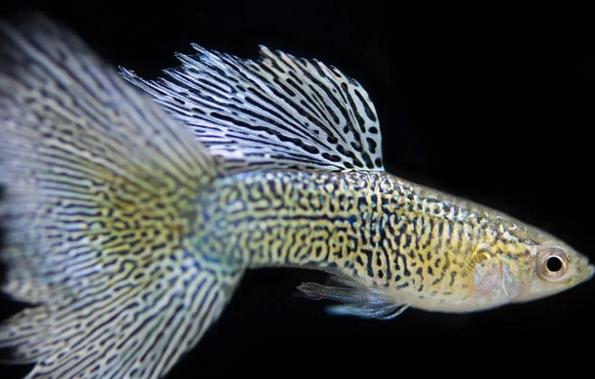Guppies do eat shrimp, but they primarily target smaller shrimp fry or weak/sick individuals. Below is a detailed analysis:

1. Characteristics of Predatory Behavior
Risk to Shrimp Fry: Newly hatched shrimp fry (less than 1cm in length) are highly vulnerable to guppy predation. This is because they swim slowly and their size is similar to that of guppy food.
Safety for Adult Shrimp: Adult Amano shrimp or Cherry shrimp (2-4cm in length) can usually escape guppies. However, if guppies are hungry or the shrimp move sluggishly, the shrimp may still be attacked.
2. Key Factors for Coexistence
Hiding Spaces: Dense aquatic plants (such as Java moss or Hygrophila difformis) or shrimp caves can increase the survival rate of shrimp fry.
Adequate Food: Regular feeding of live food like brine shrimp or bloodworms can reduce guppies’ desire to prey on shrimp.
Population Balance: It is recommended to keep 1-2 guppies per 10 liters of water, paired with 10-20 adult shrimp to maintain ecological balance.
3. Recommendations for Shrimp Species Selection
Recommended Species: Amano shrimp (hardy), Cherry shrimp (highly ornamental), and Crystal Red shrimp (require stable water quality).
Avoid Coexistence: Crayfish species (such as Dwarf Crayfish) may prey on guppies in return.
4. Handling Special Situations
Breeding Period: Pregnant female guppies have an increased appetite. It is advisable to isolate them or increase the number of shrimp.
Weak/Sick Individuals: Shrimp with abnormal movement will be targeted first. These shrimp need to be isolated in a timely manner.
Conclusion
Guppies and shrimp can coexist, but it is necessary to reduce predation risks through environmental setup and population management. If ornamental shrimp are the main focus, it is recommended to keep them in a separate tank or pair them with small tetra species of similar size.
